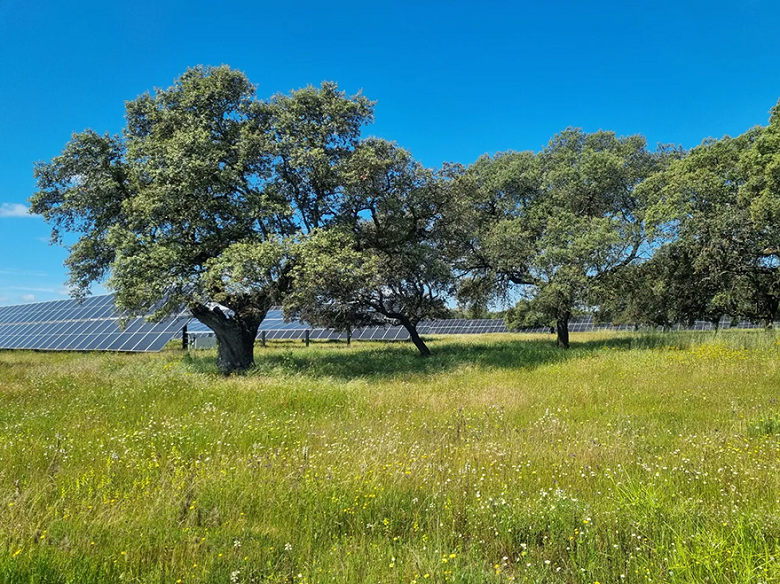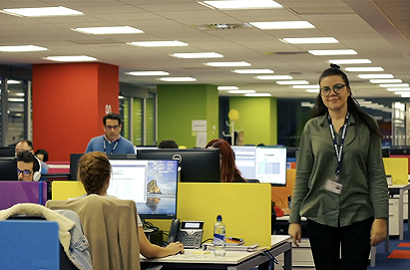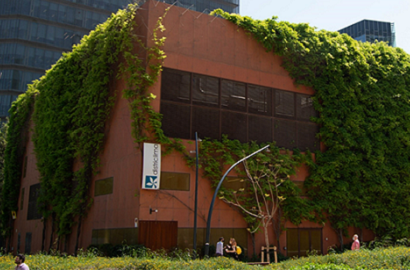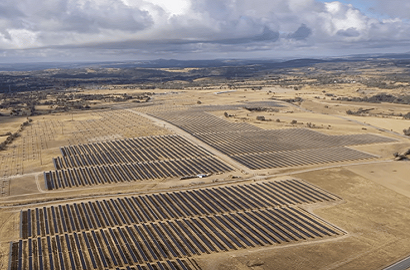Statkraft makes progress with five Spanish hybridisation projects

The company has obtained environmental permits in Galicia and Extremadura, amounting to an investment of 17 million euros.
Renewable energy producer Statkraft has obtained a favourable environmental authorisation from the Ministry for the Ecological Transition and the Demographic Challenge for its Talayuela II BESS energy storage project in the Spanish town of Talayuela, Cáceres. This is the first storage hybridisation project using batteries to be developed in Extremadura and is one of the five projects with which the company has launched itself on the market in Spain.
A week earlier, the Norwegian company obtained environmental authorisation from the Galician regional government for its Malpica energy storage project in the town of Malpica de Bergantiños in A Coruña. This is also its first storage hybridisation project using batteries in Galicia. In addition to these two projects, and after promoting storage through solar and wind hybridisation as one of its priorities, it is developing another three in Andalusia and Navarre, which will add 65 MW of installed capacity.
Efficiency, safety and security of supply
The Talayuela II project consists of developing, constructing, commissioning and operating an energy storage system with LFP (lithium iron phosphate) batteries that will have an installed power of 23.87 MW and a storage capacity of 47.74 MWh, and with a charge and discharge time of two hours. This facility will help to manage the plant’s 44.5 MW of installed power more efficiently, generating electricity at peak production without saturating the grid, thereby also promoting safety and security of electricity supply.
After obtaining the environmental permit, Statkraft is continuing the process of obtaining the authorisations in the coming months. The project, in which the company will invest around 12 million euros, has been selected to receive aid from the Institute for Energy Diversification and Saving (IDAE) as part of the first Recovery, Transformation and Resilience Plan (PERTE) call for renewable energy, renewable hydrogen and storage. This aid could amount to 2.5 million euros.
In addition to the Talayuela and Talayuela II projects and their hybridisation, the company is in the process of building a third renewable complex in Extremadura in which it will invest around 300 million euros. It will consist of four solar power plants with a total installed capacity of 500 MW.
Lithium-ion batteries
The Malpica project in Galicia will implement an energy storage system using batteries with an installed capacity of 7.75 MW and a discharge capacity of 15.50 MWh. Like Talayuela II, it will have a charging and discharging time of two hours, although in this case lithium-ion batteries will be used. The investment in this project is around 4.9 million euros, and will receive up to 1.2 million euros from the PERTE for renewable energy, renewable hydrogen and storage.
Malpica, which has an installed capacity of 16.5 MW, was one of the first wind repowering projects carried out in Spain at the end of 2017. This initiative reduced the number of wind turbines used by almost 90% and doubled production. Opened in 1997, the farm originally had 69 wind turbines with a capacity of between 225 and 750 kW, which were then replaced by seven turbines, each with a capacity of 2.35 MW, and capable of generating up to 65.9 GWh.
Statkraft’s five hybridisation projects in Spain will contribute to achieving a 100% renewable energy mix. The company claims that storage systems provide flexibility and stability to the electricity system, and help to mitigate price volatility in the electricity market. The hybridisation of batteries with renewable sources, such as hydro, solar and wind, does in addition, make the energy supply more reliable and affordable.
Photo: Statkraft




